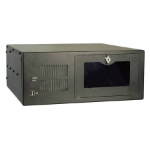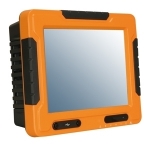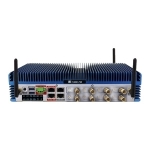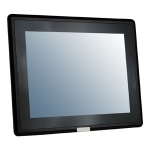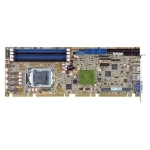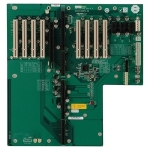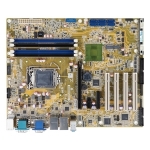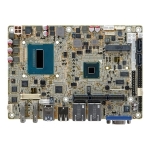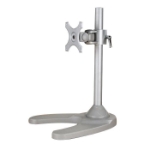SLC (Single Level Cell)
The Single Level Cell flash is so called for it's single bit that can either be on or off when charged. This type of flash has the advantage of being the most accurate when reading and writing data, and also has the benefit of lasting the longest data read and write cycles. Program read/write life cycle is expected to be between 90,000 and 100,000. This type of flash has done exceptionally well in the enterprise market because of it's life span, accuracy and overall performance. You won't see too many home computers with this type of NAND due to its high cost and low storage capacities.
Pros:
- Has the longest lifespan and charge cycles over any other type of flash.
- More reliable smaller room for read/write error.
- Can operate in a broader temperature range.
Cons:
- The most expensive type of NAND flash on the market.
- Often only available in smaller capacities.
Recommended for:
- Industrial use and workloads that require heavy read/write cycles such as servers.
eMLC (Enterprise Multi Level Cell)
eMLC is MLC flash, but optimized for the enterprise sector and has better performance and lastability. Read/write data life cycles are expected between 20,000 and 30,000. eMLC provides a lower cost alternative to SLC, yet maintains some of the pros of SLC.
Pros:
- Cheaper alternative than SLC for an enterprise SSD.
- Has better performance and endurance over standard MLC.
Cons:
- Does not match SLC NAND flash SSDs in performance.
Recommended for:
- Industrial use and workloads that require heavy read/write cycles such as servers.
MLC (Multi Level Cell)
MLC flash as it's name suggests stores multi bits of data on one cell. The big advantage of this is the lower cost of manufacturing versus manufacturing SLC flash. The lower cost in flash production is generally passed onto you as the consumer, and for that reason is very popular among many brands. MLC flash is preferred for consumer SSDs for it's lower costs but the data read/write life is less in comparison to SLC at around 10,000 per cell.
Pros:
- Lower production costs are passed onto you the consumer.
- Is more reliable than TLC flash.
Cons:
- Not as durable and reliable as SLC or enterprise SSDs.
Recommended for:
- Everyday consumer use, gamers, and enthusiasts.
TLC (Triple Level Cell)
Storing 3 bits of data per cell, TLC flash is the cheapest form of flash to manufacture. The biggest disadvantage to this type of flash is that it is only suitable for consumer usage, and would not be able to meet the standards for industrial use. Read/write life cycles are considerably shorter at 3,000 to 5,000 cycles per cell.
Pros:
- Cheapest to manufacture which in turn leads to cheaper to market SSDs.
Cons:
- Cells will survive considerably less read/write cycles compared to MLC NAND. This means that TLC flash is good for consumer use only.
Recommended for:
- Everyday consumer use, web/email machines, netbooks, and tablets.

